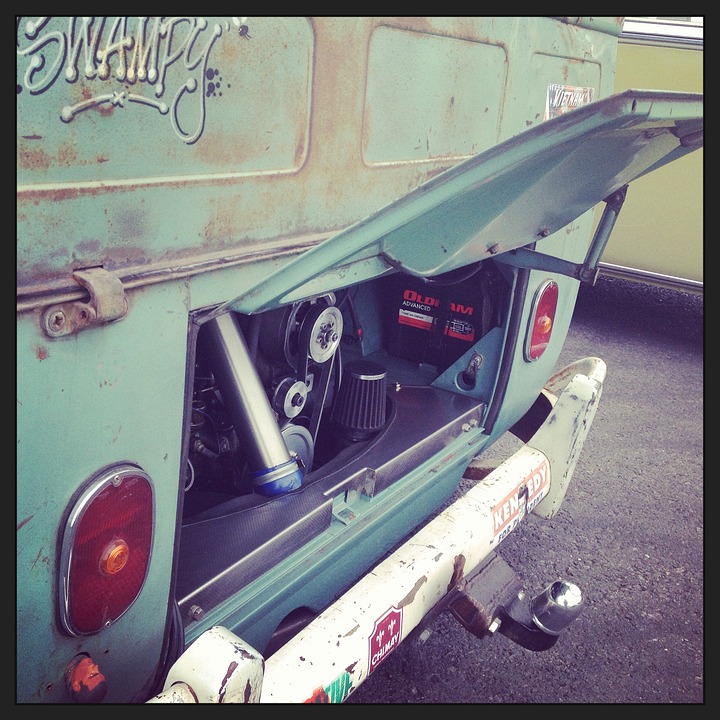Table of Contents
Introduction
When it comes to camping in cold weather, having the right gear is crucial. The freezing temperatures can pose challenges,
but with the proper equipment, you can stay warm, comfortable, and enjoy your camping experience to the fullest.
In this article, we will explore the essential gear that will help you beat the frost and ensure a successful adventure in cold weather camping.
Insulated Sleeping Bag
A high-quality insulated sleeping bag is an absolute must for cold weather camping. Look for a bag with a low temperature
rating to ensure it can handle the cold temperatures you’ll be facing. Insulation materials like down and synthetic fibers
provide excellent warmth retention. Make sure the bag is also water-resistant to keep you dry in case of snow or frost.
Thermal Clothing
Layering is key when it comes to staying warm in cold weather. Invest in thermal clothing made from merino wool or synthetic
materials that can wick away moisture. Base layers, such as thermal underwear and tops, will help regulate your body temperature.
Mid-layers, like fleece jackets, provide insulation, while outer layers like insulated parkas or down jackets offer protection
against wind and cold temperatures. Don’t forget about thermal socks, gloves, and hats to keep extremities cozy.
Tent with Cold Weather Features
Choosing the right tent is essential for cold weather camping. Look for a tent specifically designed for winter conditions,
ideally with a four-season rating. These tents have features like sturdy poles, strong rainfly, and a durable floor to withstand
harsh elements. Additionally, a tent with good ventilation will reduce condensation, preventing moisture buildup inside the tent.
A vestibule or separate area to store wet gear can also be beneficial.
Insulated Sleeping Pad
To prevent heat loss from the ground, an insulated sleeping pad is essential. Cold ground can quickly sap body heat, so choosing
a pad with good insulation is important. Foam or self-inflating pads provide insulation and cushioning against the cold terrain.
Look for pads with an R-value that corresponds to the expected temperature range you’ll be camping in.
Cooking and Heating Equipment
Staying fed and hydrated is crucial during cold weather camping. Invest in a lightweight stove that is suitable for cold conditions,
preferably with a built-in windscreen to maximize fuel efficiency. Carry extra fuel in case of emergencies. A good thermos will
keep hot drinks warm, providing comforting sips throughout the day. Consider bringing a portable heater designed for camping to
keep your tent cozy during chilly nights.
FAQs
What are the signs of hypothermia, and how can I prevent it?
Signs of hypothermia include shivering, confusion, loss of coordination, and drowsiness. To prevent it, ensure you have adequate
insulation and layers of clothing. Stay hydrated and fuel your body with warm meals and drinks. Monitor your body temperature
and seek warm shelter immediately if you experience any symptoms of hypothermia.
Can I use a regular sleeping bag for cold weather camping?
Regular sleeping bags may not provide sufficient warmth for cold weather camping. It is recommended to use a specifically designed
cold weather sleeping bag with a low temperature rating and proper insulation.
Why is ventilation important in a cold weather tent?
Ventilation is essential in a cold weather tent to prevent condensation buildup. When you breathe, cook, and generate heat inside
the tent, moisture can accumulate. Proper ventilation allows moisture to escape, reducing the risk of wet gear and discomfort.





